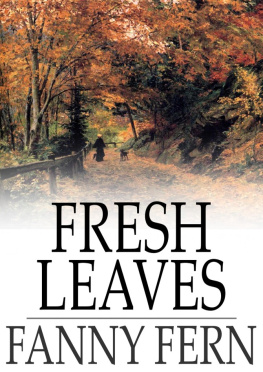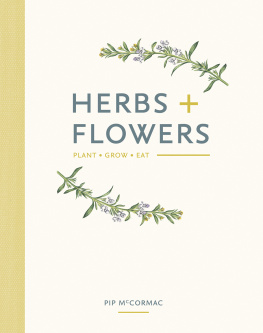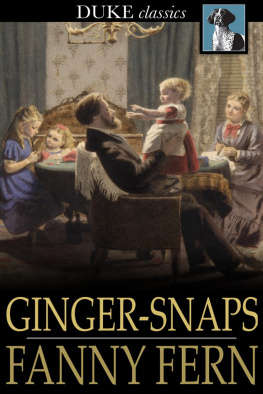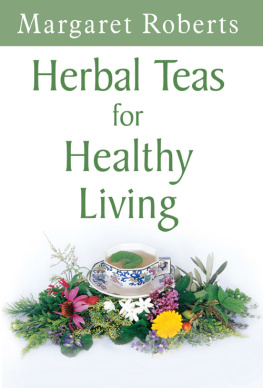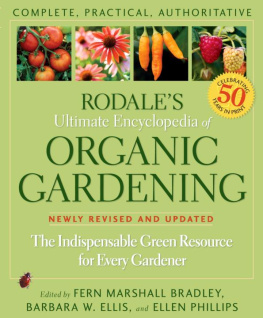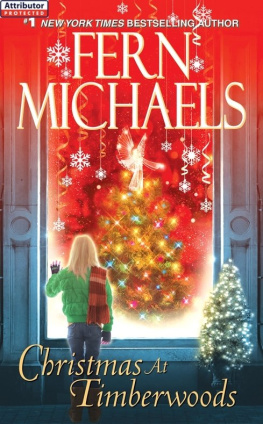50 Beautiful Deer-Resistant Plants

50 Beautiful Deer-Resistant Plants

RUTH ROGERS CLAUSEN
THE PRETTIEST ANNUALS, PERENNIALS, BULBS, AND SHRUBS THAT DEER DONT EAT
Photographs by Alan L. Detrick

Copyright 2011 by Ruth Rogers Clausen. All rights reserved.
Photographs Alan and Linda Detrick except where otherwise noted.
Published in 2011 by Timber Press, Inc.
The Haseltine Building 2 The Quadrant
133 S.W. Second Avenue, Suite 450 135 Salusbury Road
Portland, Oregon 97204-3527 London NW6 6RJ
www.timberpress.com www.timberpress.co.uk
ISBN-13: 978-1-60469-195-5
Printed in China
Library of Congress Cataloging-in-Publication Data
Clausen, Ruth Rogers, 1938
50 beautiful deer-resistant plants : the prettiest annuals, perennials, bulbs,
and shrubs that deer dont eat / by Ruth Rogers Clausen ; photography by
Alan L. Detrick.
p. cm.
Includes bibliographical references and index.
ISBN 978-1-60469-195-5
1. DeerControlUnited States. 2. Plants, OrnamentalDisease and pest
resistance--United States. I. Detrick, Alan. II. Title. III. Title: Gardeners guide
to the best annuals, perennials, shrubs, ferns, bulbs, herbs, and grasses.
SB994.D4C63 2011
635.926965dc22 2010051374
A catalog record for this book is also available from the British Library.

To all gardeners
who tend gardens
in deer country


Contents



Acknowledgments
I would like to thank all those who helped me along the way with this book and especially Tom Fischer at Timber Press, who suggested the project. Tom Christopher is always there for me with ideas and keeps me focused. Thank you to my husband, Don, who read and reread the text. Thank you to Margaret Barrett for her confidence and support. My thanks go to Alan and Linda Detrick, not only for Alans beautiful photographs but also for their friendship and enthusiasm. Without Juree Sondker, Eve Goodman, and Mindy Fitch this project would not have been so complete.

Introduction
Considering the explosion of deer populations across the United States and the huge amount of damage that they inflict on rural, suburban, and even urban gardens and parks, it is no surprise that deer and gardeners are seldom compatible. But is it possible to achieve a beautiful, deer-resistant garden without resorting to fences, barriers, and toxic repellents? Indeed, you can still have a lush, thriving garden by making smart plant choices. Many stunning plants are unpalatable to deer because of their poisonous compounds, fuzzy or aromatic leaves, tough, spiny, or bristly textures, and for a variety of other less obvious reasons. This guide presents the most outstanding ornamental examples of these.
The Bambi syndrome is fine for those not plagued by deer. Of course deer are beautiful, and yes, they were sometimes (not always) here first, and they certainly deserve to live out their lives with full bellies as nature intended, but there is often not enough food for dense deer populations, and these animals are stressed by modern life and eradication of habitat. Since natural predators such as mountain lions and wolves have been largely eliminated, deer have been allowed to run out of control. A hundred years ago when year-round hunting was permitted, white-tailed deer numbers dropped, so hunters, fearing their sport would be ruined, urged laws to restrict hunting to about three to four months, from fall through Christmas. As the balance of nature was disrupted, white-tailed deer populations exploded.
Gardeners in different parts of the country are plagued by different species of deer. West of the Mississippi River, mule deer (Odocoileus hemionus) and black-tailed deer (O. hemionus columbianus) predominate. The latter is a subspecies of the former, smaller and stockier but just as hungry. In the East and elsewhere, white-tailed deer (O. virginianus) make their home. Moose and elk are found in northern regions. While these species formerly lived on the edges of woods and forests, they have now discovered that there are easy and tasty sources of food in a new region called the backyard.

A deer helps himself to tomatoes in a backyard.

This border is planted with seldom-browsed purple catmint, yellow yarrow, mauve hardy geranium, and deep purple hybrid sage.
Many books have dealt with this problem by suggesting unsightly fences. Few of us, though, would be happy to live within an enclosure unless the property was so large that you still felt freesmall gardens should not make you feel like a zoo exhibit. Moreover, part of having a garden is surely an attitude of wanting to be part of nature rather than shutting yourself off. Sprays and repellents are fine if you are willing to keep up the worknot such an easy task in late spring and summer when tender new growth abounds, or in winter after each heavy rain or snowfall. Fortunately, there is another option: to focus on building a garden around the most beautiful and versatile deer-resistant plants.
This book presents the best plants to grow if you are striving for a pleasing garden but not prepared to spoil a long weekend away worrying whether deer will trash the garden in your absence. It is geared as a practical, user-friendly guide to successful gardening in deer country, based on observations made in countless gardens in the United States, Canada, and Europe, along with my own thirty-plus years of experience gardening in the Northeast.
The lions share of this book is a directory of 50 exceptional deer-resistant plants, each categorized as an annual, perennial, shrub, fern, bulb, herb, or grass. In addition to describing the plant in question, I discuss how to grow it, provide design tips, and suggest deer-resistant companion plants, cultivars, and related species to try, all readily available in the marketplace.
Next page

